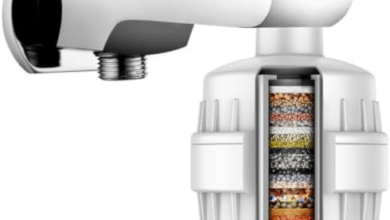Pin and weld is a process used to permanently attach a muzzle device (such as a flash hider, muzzle brake, or suppressor mount) to the barrel of a firearm, typically a rifle. This process ensures that the muzzle device is securely attached and aligned with the barrel. Here are the steps on how to pin and weld a muzzle device:
Materials and Tools You’ll Need:
- Firearm with a threaded barrel
- Muzzle device
- Appropriate drill bit
- Roll pin (typically 18-inch or 332-inch)
- Drill
- Welding equipment (TIG or MIG welder)
- Safety equipment (welding mask, gloves, and protective clothing)
Steps:
- Unload and Verify Safety: Before working on any firearm, ensure that it is completely unloaded and there is no ammunition in the vicinity. Verify that the chamber is empty, the magazine is removed, and the firearm is safe to handle.
- Select the Muzzle Device: Choose the muzzle device you want to attach to your firearm. Ensure it is compatible with your rifle’s caliber and threading.
- Drill and Pin: If your muzzle device is not already drilled for pinning, you’ll need to drill it. Use an appropriate drill bit (matching the size of your roll pin) and carefully drill through the muzzle device and the barrel. The hole should be drilled perpendicular to the barrel’s axis and go through both the barrel and the device. The exact location and number of holes depend on your specific firearm and muzzle device. Typically, one hole is drilled at the bottom of the device.
- Insert the Roll Pin: Insert the roll pin into the hole you drilled. Ensure that it goes through both the muzzle device and the barrel. The roll pin serves as a mechanical lock, preventing the muzzle device from unscrewing.
- Weld the Muzzle Device: With the roll pin in place, use a TIG (Tungsten Inert Gas) or MIG (Metal Inert Gas) welder to weld the muzzle device to the barrel. Apply the weld around the base of the muzzle device where it contacts the barrel. The weld should completely seal the drilled hole and securely attach the device to the barrel. Be cautious not to overheat the barrel during the welding process, as excessive heat can affect the barrel’s integrity.
- Cool and Clean: Allow the welded area to cool down naturally. Once cooled, clean any excess weld material and ensure that the muzzle device is securely attached.
- Test and Verify: After pinning and welding, perform function checks and ensure that the muzzle device is correctly aligned and attached to the barrel. It should be firmly in place and not rotate or come loose.
- Legal Compliance: Depending on your location and firearm laws, pinning and welding a muzzle device may be subject to specific regulations. Ensure that you are in compliance with all local, state, and federal firearm laws.
Pinning and welding a muzzle device requires precision and safety precautions. If you are not experienced with firearms, it is advisable to seek assistance from a qualified gunsmith or a professional gunsmithing service to ensure that the process is performed correctly and safely. Additionally, always prioritize safety when working with firearms, and consider consulting local laws and regulations related to firearm modifications.




